
A Rustic Delicacy That Grows Underground: Looks Rough but Tastes Amazing
It may not win any beauty contests at first glance, but don’t let its rugged appearance fool you — this underground gem is packed with surprising flavor and powerful health benefits. Widely available at local markets and often overlooked, this humble root vegetable deserves a spot on your plate.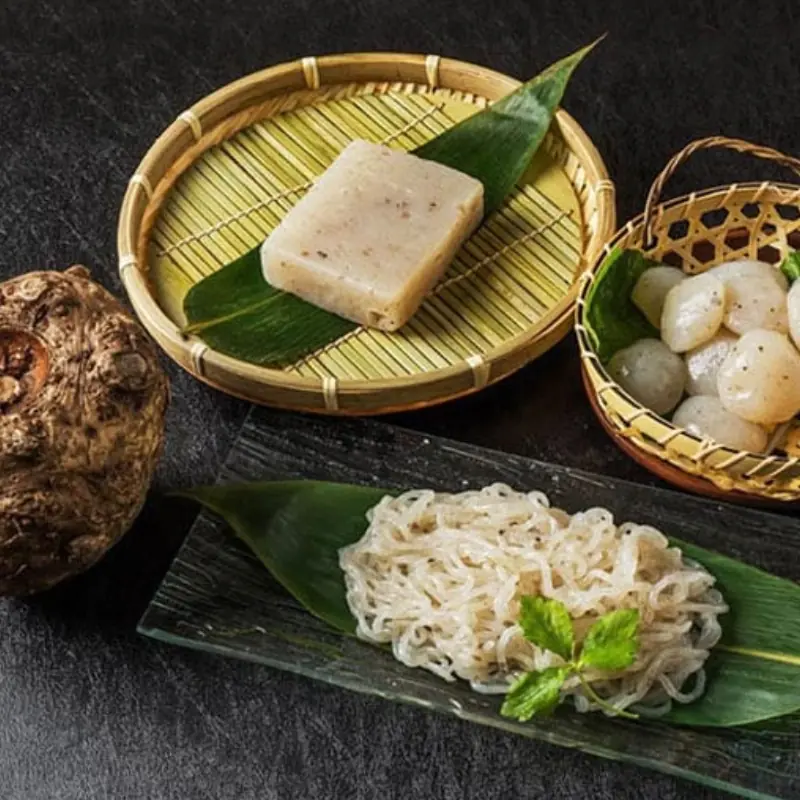
We’re talking about taro root, also known in some regions as “khoai sọ” or eddo. With its earthy skin and starchy texture, taro is a rustic delicacy enjoyed for generations in traditional cuisines. It's hearty, affordable, and incredibly versatile in the kitchen.
1. Keeps You Full, Naturally
Taro is rich in dietary fiber and complex carbohydrates, which digest slowly and help keep you full for longer. Unlike processed carbs, taro provides steady energy without spiking blood sugar levels. This makes it a smart choice for anyone looking to curb cravings or manage weight naturally.
2. A Slimming Superfood
Low in fat and high in fiber, taro is a fantastic food for maintaining a healthy weight. It also contains resistant starch, a type of carbohydrate that acts like fiber in the digestive system — feeding good gut bacteria and supporting metabolism. Pair it with steamed greens or lean protein for a balanced, figure-friendly meal.
3. Packed with Nutrients
Beneath its rough exterior, taro is loaded with vitamins and minerals. It’s a good source of vitamin E, vitamin C, magnesium, potassium, and iron, all of which contribute to better immunity, heart health, and circulation. The natural mucilage in taro is also believed to soothe the stomach and improve digestion.
4. Budget-Friendly and Easy to Prepare
One of taro’s greatest strengths is its affordability. Found in open-air markets and supermarkets alike, it offers great value for your health. Cooking it is simple: just peel, boil, steam, or roast — but make sure it's fully cooked, as raw taro contains compounds that can irritate the throat.
Popular Ways to Enjoy Taro:
-
Steamed and mashed as a healthier alternative to potatoes
-
Stir-fried with garlic, pork, or mushrooms
-
Added to soups and stews for a rich, creamy texture
-
Used in desserts like taro pudding or sweet sticky rice
News in the same category

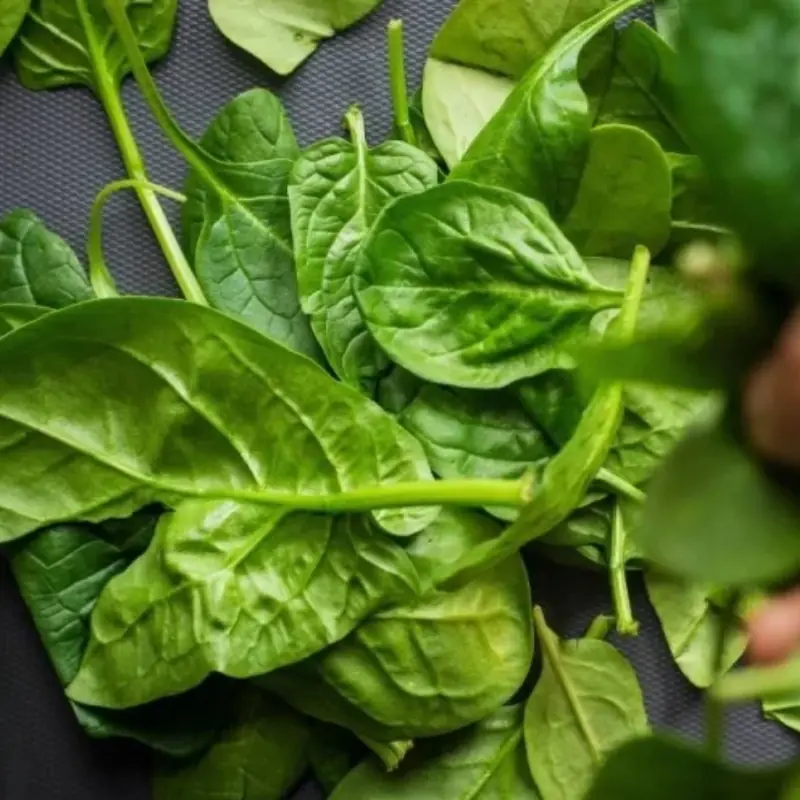
A Dirt-Cheap Vegetable Many Have Eaten Without Knowing — Great for Cooling the Body, Boosting Blood Health, and Beautifying the Skin
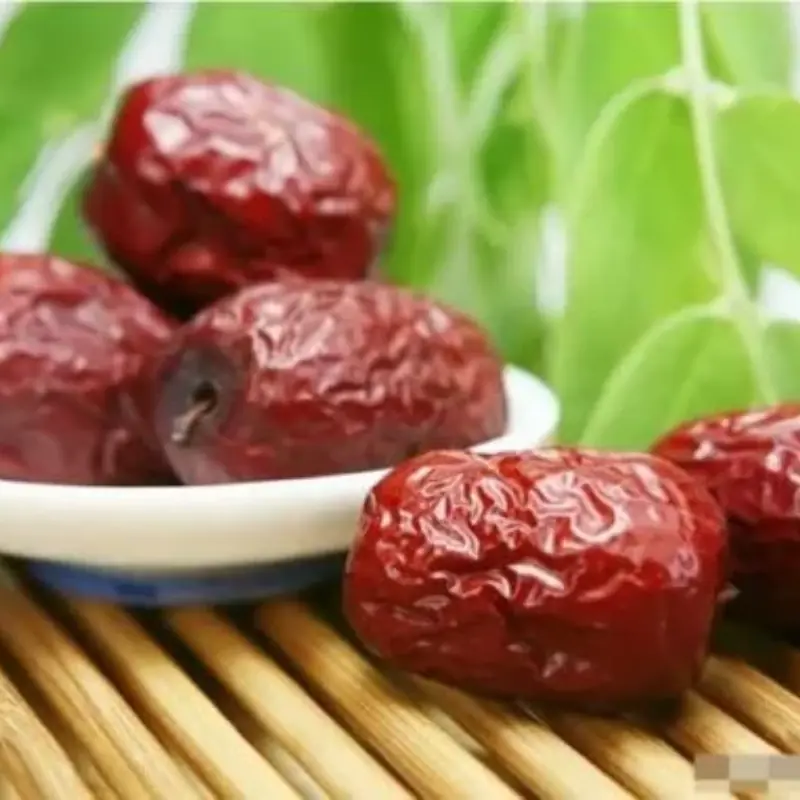
Eat These 3 Red Foods at the Start of Summer to Stay Healthy All Year — Do You Know What They Are?

5 drinks to avoid before bed
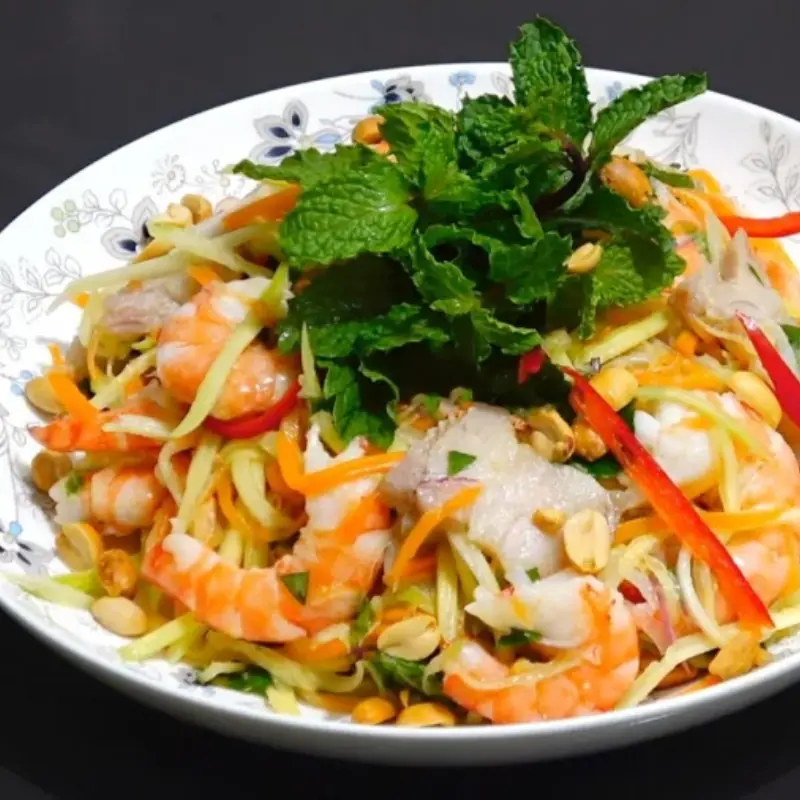
5 Common Mistakes When Eating Shrimp That Destroy Its Nutritional Value — Especially the Second One, Which Can Be Harmful if Eaten Often

What the ancients said was not wrong!

Why is eating fish better than meat?
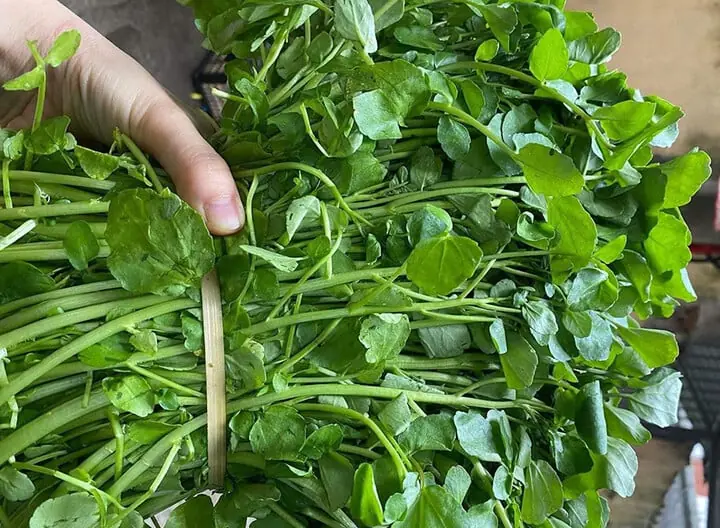
The vegetable announced by the US CDC as the best in the world has the potential to damage the liver
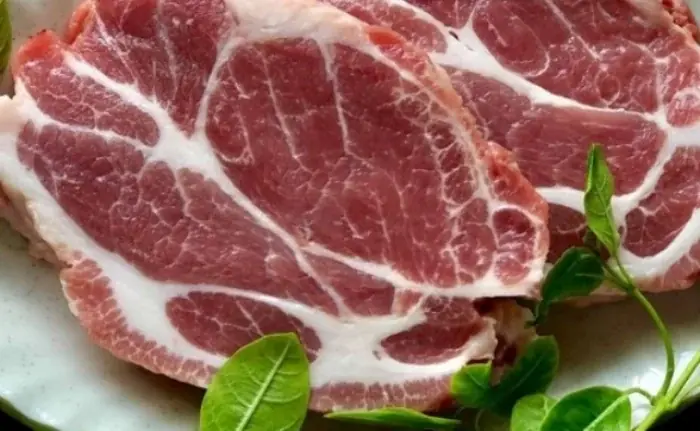
Is Eating Pork Every Day Good For Your Health ?

You might jump for a piece of red pepper, but parrots are completely... cool about it. Why?

What is this “giant paper clip” on a concrete pillar actually? The truth will surprise everyone!

Why do fingers wrinkle when soaked in water?

6 signs that men are only pretending to love you

Why Do Flight Attendants Always Wear Skirts? The Surprising Truth Behind the Uniform
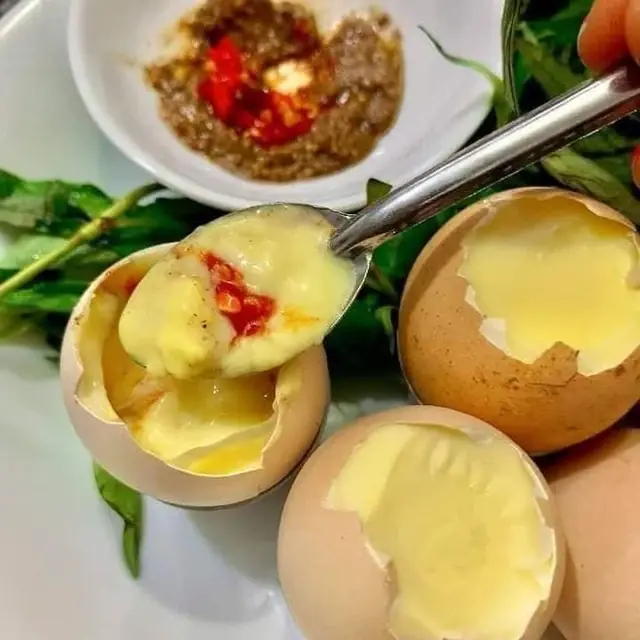
6 Types of Eggs That Are Not Only Unhealthy But Can Also Harm Your Organs — No Matter How Much You Love Them, Avoid Them

Ri.sks of pouring hot water down the drain

Does a darker egg yolk mean more nutrients?

Spring Water Vs Mineral Water: What's The Difference?

Surprising free stuff in your hotel room – don’t forget to take them!
News Post

The disease quickly turns into cancer, changing lifestyle can 'treat' it but many people are still indifferent

A man whose body never showed any abnormal signs, only had a slight pain for 3 months and was diagnosed with two can.cers
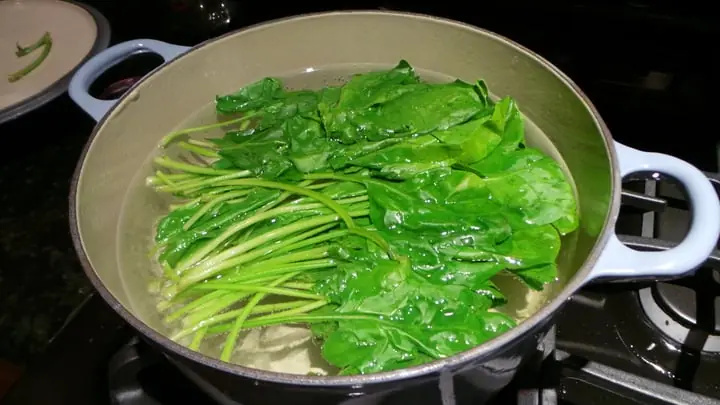
Don’t Cook These Without Blanching First: 7 Common Foods That Could Accumulate Hidden To.xins in Your Body

Acute kidney injury is one of the dangerous diseases, seriously threatening the patient's health

New COVID-19 Variant Shows Unusual Behavior: Doctors Warn of Early Silent Symptoms That Are Often Overlooked

Whether to blanch bones in boiling or cold water before cooking is a matter of much debate among cooking enthusiasts; some chefs combine the two methods.

Are You Chewing Shrimp Shells for Calcium? The Truth May Surprise You

A Dirt-Cheap Vegetable Many Have Eaten Without Knowing — Great for Cooling the Body, Boosting Blood Health, and Beautifying the Skin

Warning signs you may have a brain hemorrhage, don't ignore them or you'll regret it too late

7 ways to reuse nylon bags to save money and protect the environment

Eat These 3 Red Foods at the Start of Summer to Stay Healthy All Year — Do You Know What They Are?

House on fire because of throwing phone charger on bed and leaving

101-year-old Japanese writer reveals the secret to good health and extraordinary memory
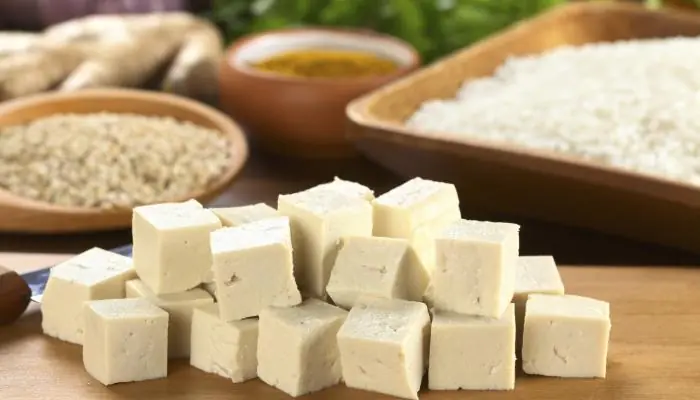
Seemingly harmless natural foods can affect hormones in the body!

5 drinks to avoid before bed
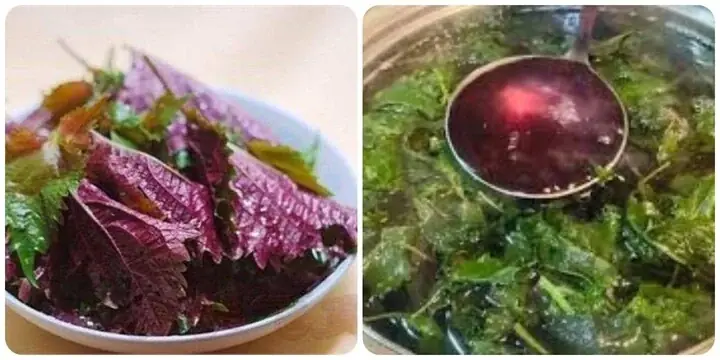
7 benefits of drinking perilla leaf water every day

5 Common Mistakes When Eating Shrimp That Destroy Its Nutritional Value — Especially the Second One, Which Can Be Harmful if Eaten Often

What the ancients said was not wrong!
